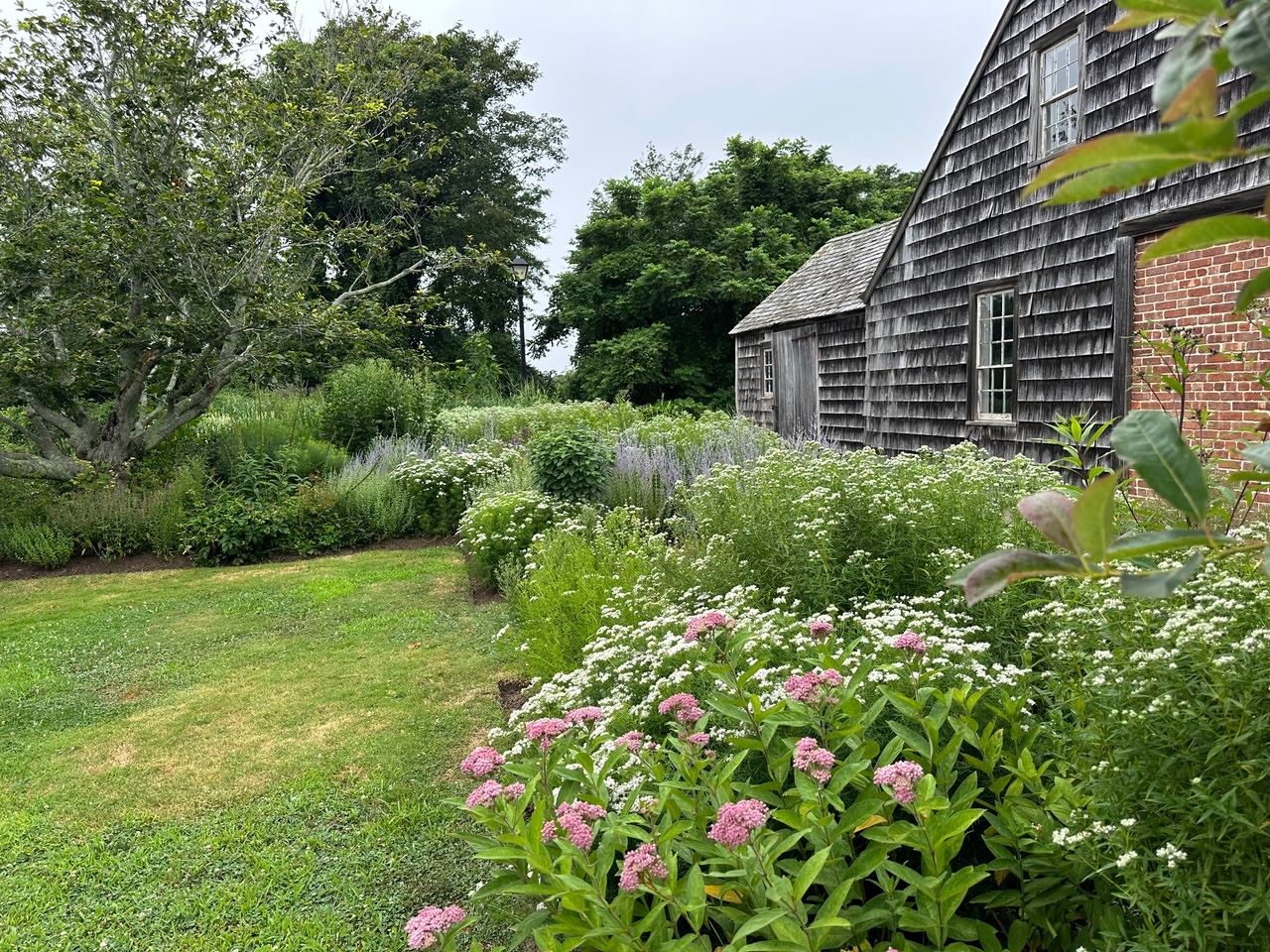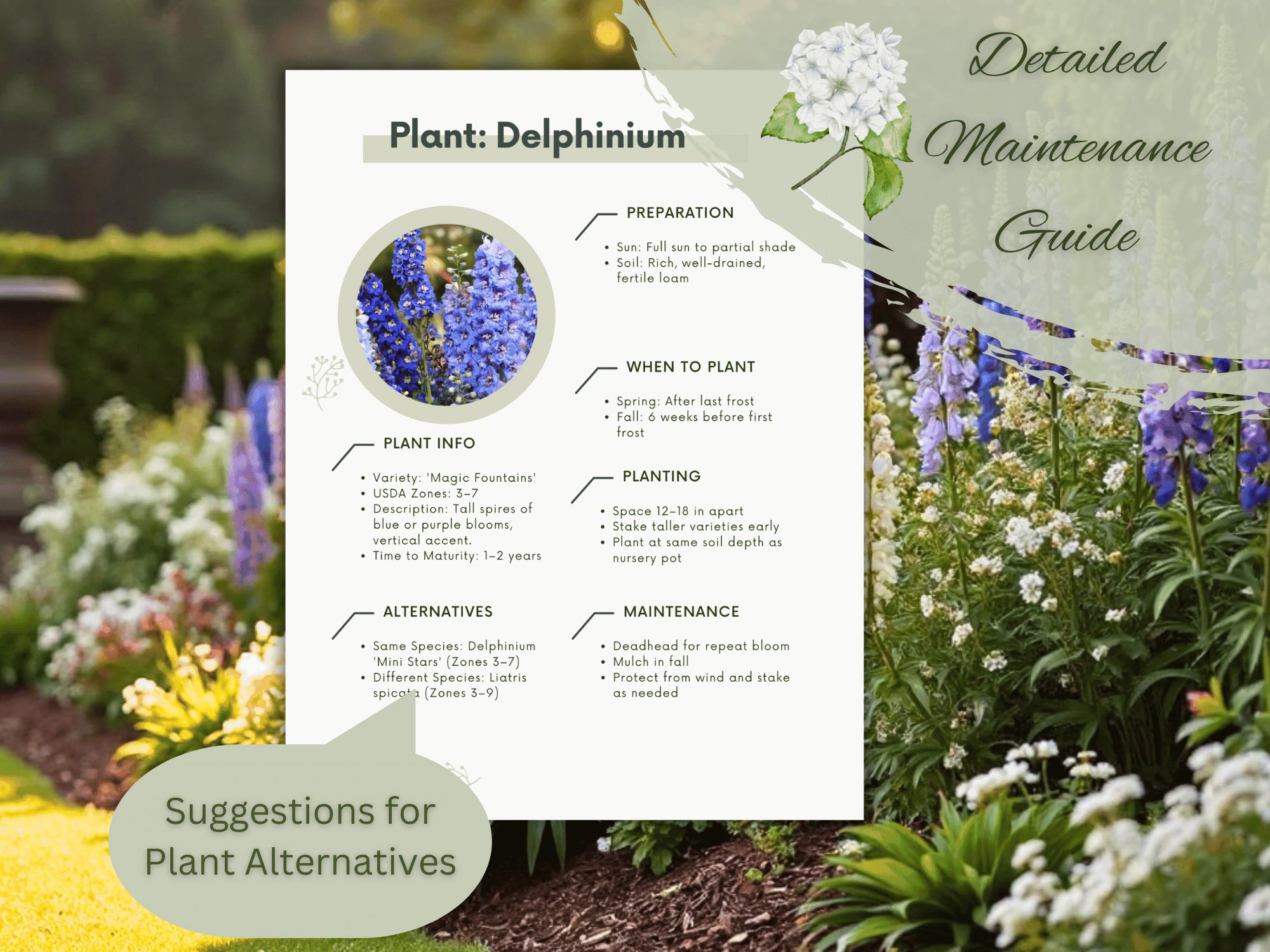Pollinators are very important for our world. They help plants grow and make fruits and vegetables. Bees, butterflies, and birds are some pollinators. A pollinator garden is a special garden to help these creatures. You can make one in your yard. Planting pollinator garden zones makes it easier for pollinators to find food and shelter.
What Is a Pollinator Garden Zone?
A pollinator garden zone is a part of a garden. It has plants that pollinators like. You can make many zones in your garden. Each zone has different plants. This helps pollinators all year long. Zones help organize the garden well. It also helps you take care of the plants easier.
Why Are Pollinator Garden Zones Important?
Pollinators are in danger. Many are losing homes. Without pollinators, plants can’t grow well. Fruits and vegetables will be less. Making garden zones helps pollinators find food fast. It also gives them places to rest and live. Zones can bring many pollinators to your garden. This helps the whole environment.
How to Plan Your Pollinator Garden Zones
First, look at your garden space. Find sunny places. Most pollinator plants like sun. Then, find shady spots. Some pollinators like shade too. Think about water. Can you add a small water dish? Pollinators need water to drink.
Next, decide how many zones you want. You can start small. Maybe two or three zones. Each zone should have different plants. This gives food in all seasons. It also makes the garden look nice.
Step 1: Choose Plants For Each Zone
Pick plants that bloom at different times. Some bloom in spring. Others bloom in summer or fall. This way, pollinators have food all year. Use native plants if you can. Native plants grow well in your area. Pollinators know these plants well.
Step 2: Group Plants By Needs
Put plants with the same water and sun needs together. This makes watering easier. It also helps plants grow better. For example, group sun-loving plants in one zone. Group shade-loving plants in another zone.
Step 3: Add Shelter And Nesting Spots
Pollinators need more than food. They need places to rest and hide. You can add small piles of leaves or wood. Some pollinators like small holes to nest. You can add a bee house or leave bare soil in one zone. This helps different pollinators feel safe.
Best Plants for Pollinator Garden Zones
Here is a table of good plants for your zones. These plants attract many pollinators.
| Plant | Pollinators Attracted | Sun Needs | Bloom Time |
|---|---|---|---|
| Milkweed | Monarch Butterflies, Bees | Full Sun | Summer |
| Lavender | Bees, Butterflies | Full Sun | Summer |
| Coneflower | Bees, Butterflies, Birds | Full Sun | Summer to Fall |
| Goldenrod | Bees, Butterflies | Full Sun to Partial Shade | Fall |
| Bee Balm | Bees, Butterflies, Hummingbirds | Full Sun to Partial Shade | Summer |
| Wild Columbine | Hummingbirds, Bees | Partial Shade | Spring to Early Summer |
| Black-eyed Susan | Bees, Butterflies | Full Sun | Summer to Fall |
Creating Zones Based on Plant Types
You can divide your garden into zones by plant type. For example:
- Wildflower Zone: Use native wildflowers like milkweed and coneflower.
- Herb Zone: Plant herbs like lavender and bee balm.
- Shade Zone: Use plants like wild columbine that grow in shade.
This helps pollinators find the plants they like easily.
Water and Shelter Zones
Pollinators need water. Add a shallow water dish. Put stones inside so pollinators can land. Change water often to keep it clean.
Make a shelter zone with small piles of leaves or twigs. Leave some bare soil for ground-nesting bees. You can also put up a small bee house. This helps pollinators stay safe.
Tips for Taking Care of Your Pollinator Garden Zones
- Water plants regularly but do not overwater.
- Avoid using chemicals and pesticides.
- Remove weeds carefully.
- Plant new flowers each year for fresh food.
- Leave some dead plants in winter for shelter.
Seasonal Care for Pollinator Zones
In spring, clean the garden and plant new flowers. In summer, water and watch for pests. In fall, cut back some plants but leave others for shelter. In winter, do not remove all plants. Some pollinators rest in old plants.

Credit: www.gardenista.com
Benefits of Pollinator Garden Zones
Making pollinator zones helps the environment. It helps pollinators live and grow. Your garden will be colorful and full of life. Birds and butterflies will visit more. You will enjoy watching pollinators work. Plus, your fruits and vegetables will grow better.

Credit: www.etsy.com
Summary
Pollinator garden zones make gardening easier and better. Zones help pollinators find food and shelter. Use native plants with different bloom times. Add water and shelter spots. Take care of your garden all year. Your garden will help nature and be beautiful. Start small and grow your garden zones step by step.
Frequently Asked Questions
What Is A Pollinator Garden Zone?
A pollinator garden zone is an area designed to attract pollinating insects. It supports bees, butterflies, and birds.
Why Are Pollinator Gardens Important?
They help increase pollinator populations. This boosts plant reproduction and biodiversity. Essential for a healthy ecosystem.
How Do I Start A Pollinator Garden?
Choose native plants. Provide water sources and avoid pesticides. Ensure diverse flowering periods for year-round blooms.
What Plants Attract Pollinators Best?
Native wildflowers, herbs, and flowering shrubs. Examples include lavender, sunflowers, and milkweed. They attract bees and butterflies.
5 min read

